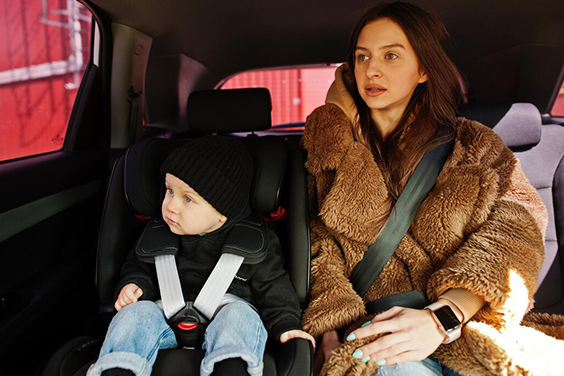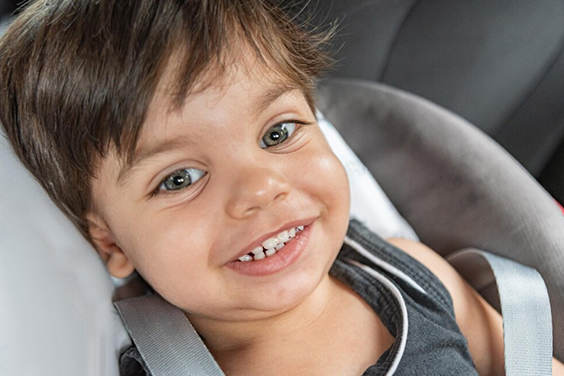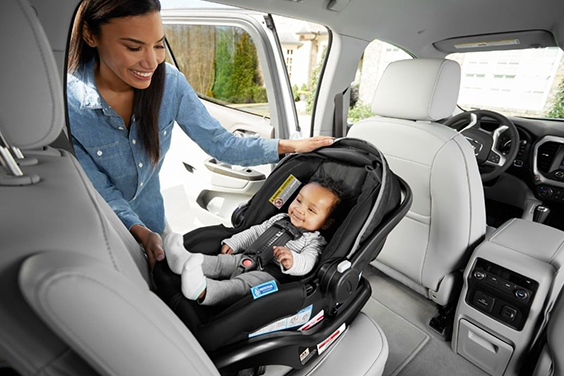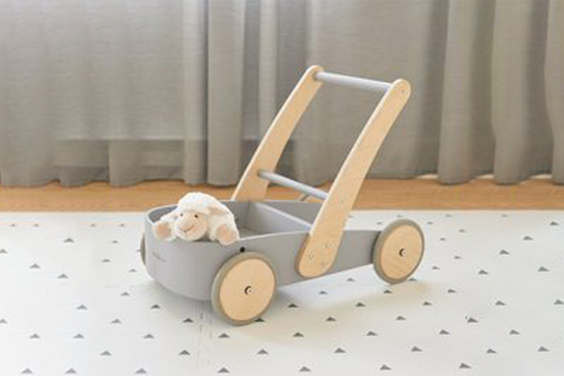Key takeaways:
- Safety Matters Most: As your child grows, switch car seats round-about the weight or height limits.
- Age Isn’t Just a Number: Age, weight, and height should guide you when switching between car seat types.
- No Rush to Upgrade: Maximize the limits of current car seats before transitioning.
- Rules for a Reason: Familiarize yourself with car seat laws in your area – they’re there to protect your child.
- Help’s at Hand: Consult car seat manuals or a Child Passenger Safety Technician during transitions.
- Remember, Each Transition Is a Step Towards Safety: With each switch, you’re catering to your child’s growing safety needs on the road. You’re doing great, parents!
Understanding the Importance of Car Seats for Child Safety
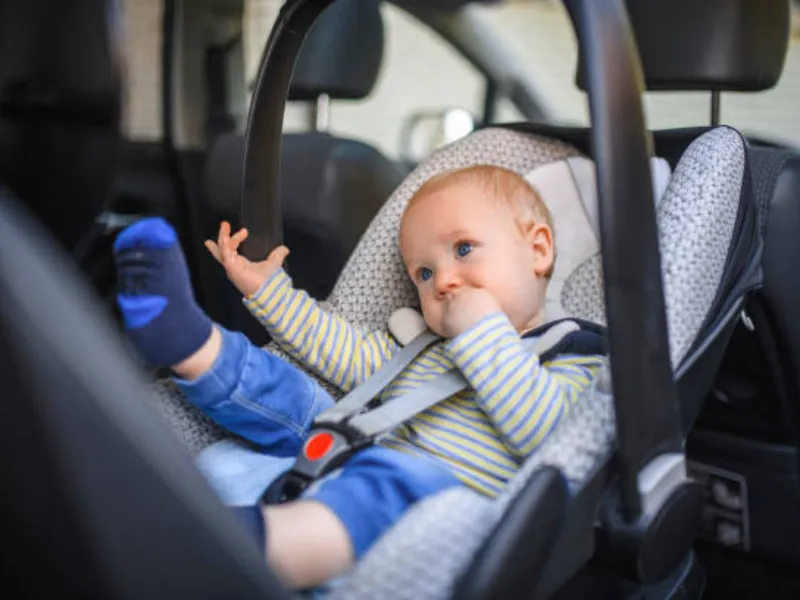
From the moment your baby leaves the hospital, one item becomes constant – their car seat. Serving a role more than just obeying the law, infant car seats offer your child both comfort and security during rides. But did you know the car seat weight limit and height limit play a crucial part in how effective that safety is?
Strapped within the car seat, your little one will withstand sudden movements and resist possible impacts. However, these infant car seats aren’t a permanent solution. They have a specific weight and height limit. When your baby outgrows their infant car seat, it’s time for a change. But when to switch car seats?
According to the American Academy of Pediatrics (AAP), the transition car seat awaits when your baby reaches the maximum weight or height limit of their infant seat. An infant car seat weight limit typically lies between 30-35 pounds and about 30-32 inches. However, these limits may vary based on the car seat manufacturer’s specifications.
Transitioning to Convertible Car Seats: Essential Factors to Consider
After you’ve understood the importance of car seats for your child’s safety, the next step is to think of a transition. When to switch to a convertible seat? It’s a question that might leave even the most prepared parents perplexed.
As their name implies, convertible car seats are more adaptable. They can take on a rear facing position and later switch to a forward-facing one, catering to your growing child’s need, considerably exceeding the infant car seat weight limit.
Many parents choose to switch to a convertible car seat when their little one is about a year old or when they outgrow the maximum weight limit for the infant car seat. But the AAP recommends keeping your child rear-facing in their convertible seat for as long as possible, even past their second birthday.
Switching the position from rear-facing seat to forward-facing car seat too early could compromise your child’s safety in the event of a crash. So before making the switch, make sure you check both the car seat transition age and weight, as stipulated by the car seat manufacturer, and understand your specific weight requirements.
However, weight and height are not the only things to consider. You should also look at where the top of the seat hits your child’s head. The child’s head should not be more than an inch below the top of the outer shell of the rear-facing car seat. If it’s higher than this, your child has outgrown the seat, and it’s time to consider the next car seat.
Spotting the Signs: When Your Child Outgrows an Infant Car Seat
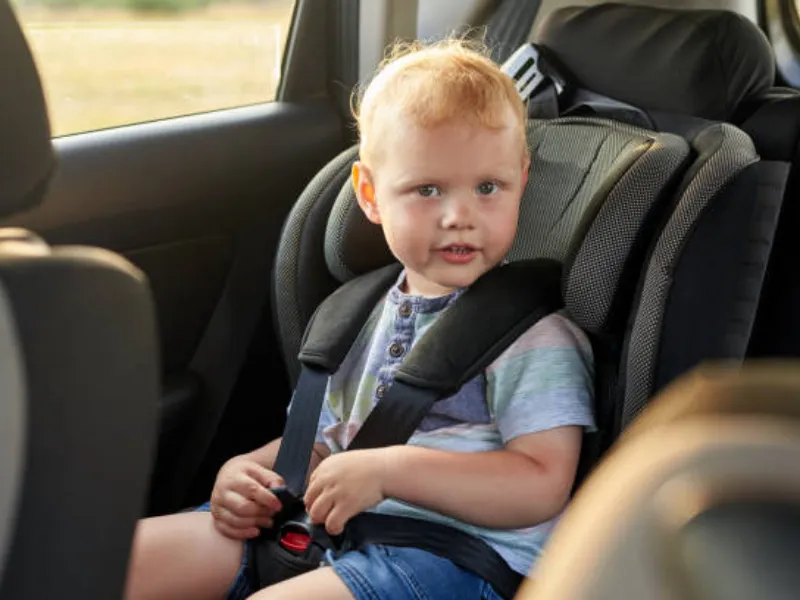
“Don’t judge a book by its cover,” they say, but when it comes to your infant car seat, you might want to be a bit judgier. Any signs of your child being too big for their car seat should not be taken lightly. And when we say ‘signs’, we’re talking about both physical and weight markers.
The clock starts ticking for when to change the infant car seat as soon as your little one approaches the infant seat’s weight limit (usually about 30-35 pounds) or height limit. If your baby’s head is less than an inch from the top of the seat, even if they haven’t exceeded the height or weight limit, you should start considering the transition to the next car seat—usually known as the convertible car seat.
What is The Safety Advantages of Rear-Facing Convertible Car Seats?
You might ask why rear-facing? The rules aren’t there to make life more complicated. When the seat is rear-facing, your child’s head, neck, and spine are cradled and protected better in the event of a crash.
According to AAP, a rear-facing car seat is the safest option to preserve your child’s wellbeing. Rear-facing allows the force from a crash to get evenly distributed across the shell of the car seat and your child’s body. This cuts down the risk of injury significantly. However, remember that the rear-facing convertible seat also has a weight limit. Ensure you know the rear-facing height and weight specifications of your car seat and comply with them.
Key Guidelines: When to Switch from Infant Seat to Convertible Car Seat
Infant car seats are typically ideal for newborns and small babies. So, how long do you use an infant car seat? A car seat manufacturer will generally limit their product’s use to a baby’s first year, with a weight limit usually falling around 22-35 lbs. But the key marker is when your baby has outgrown the car seat in size, regardless of the infant car seat age range.
When this happens, that’s your cue: it’s time to make the switch. Hopefully, by now, you’ll know what to look out for – height or weight limit exceedance, or your child looking squeezed up instead of comfy. Your baby may also be too big for the infant car seat if they appear cramped or uncomfortable.
Decoding Car Seat Laws and Regulations
Do remember, there’s not just a standard weight limit for infant car seats, but laws presiding over when to change car seats. As per the National Highway Traffic Safety Administration (NHTSA), kids under the age of 1 should always ride in a rear-facing car seat. Many states have laws requiring a child to ride rear-facing until at least 2 years of age.
However, guidelines may shift slightly from place to place. Check your local and state laws before making the switch from one seat type to another. Also, remember that laws are the minimal standards. The AAP recommends keeping children rear-facing for as long as possible.
The Science behind Car Seat Safety: Why Rear-Facing is Crucial
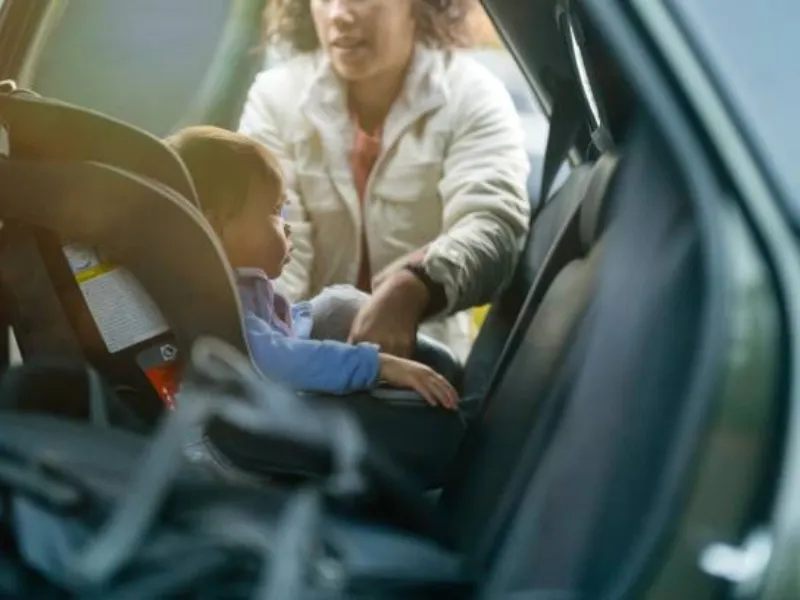
Let’s delve into the ‘whys’ now. Why does my toddler need to stay rear-facing? When a car unexpectedly stops due to a collision, passengers are thrown forward. A rear-facing car seat is built to absorb the impact, reducing the strain on a child’s fragile head and neck. As your child grows and their neck strengthens, the significance of this protection lessens. Still, the “rear-facing as long as possible” rule is the golden standard in maximizing safety.
Maximizing Safety: When to Turn Your Convertible Seat Forward-Facing
Once your child exceeds the highest weight or height allowed by the car seat manufacturer for the rear-facing position, it’s time to switch baby to a convertible car seat. Ideally, your child should be at least two before you flip the seat forward. At this point, the bones and muscles are robust enough to withstand crash forces more safely.
But remember, it’s not a race. If your child is petite, they can stay rear-facing past their second birthday. Regardless of age, kids should remain rear-facing until they’ve reached the maximum height and weight limit defined by the seat manufacturer.
Switching to Booster Seats: Essential Criteria and Timelines
Sometimes it feels like your kiddo grows up in the blink of an eye. Before you know it, they’ve outgrown their forward-facing convertible car seat and are ready for a booster seat. So when to switch to a booster? The rule of thumb is to change car seats only when they’ve outgrown the weight and height limit of their current seat.
Often, we’re scheduling this switch for preschoolers aged four or older, who weigh 40 pounds at least. But different kids grow at different rates. Check the specifications of your specific car seat to be sure when it’s time for the transition.
What Are The Practical Tips for Handling the Transition amongst Different Car Seat?
Handling the transition between different car seats can be daunting, but you’re doing amazing! Remember:
- Go by your child’s age, weight, and height. When they outgrow the limits of their current seat, it’s time for a bigger car seat.
- Don’t rush from one stage to the other. It’s safest for your child to max out the limits of the current stage before transitioning to the next.
- Read the car seat’s manual thoroughly to make sure you’re using it right.
- If you’re not sure about anything, a Child Passenger Safety Technician (CPST) can help you out.
Conclusion
Understanding when to switch car seats can seem like a science of its own. Keep in mind, every transition brings your child one step closer to the car’s adult seat belt – the final destination of this journey. Each stage of the car seat transition aligns with the development of your child, keeping their safety always in the forefront.
The key mantra when hopping from an infant car seat to a convertible car seat, and finally to a booster seat, is that weight, height, and age matter tremendously. Always aim for your child to reach the maximum limits of their current car seat before they switch to the next.
When in doubt, consult the car seat manual or a CPST. But know that, as long as you’re keeping these factors in mind, you’re doing the best you can ensure your child’s safety on the road.
